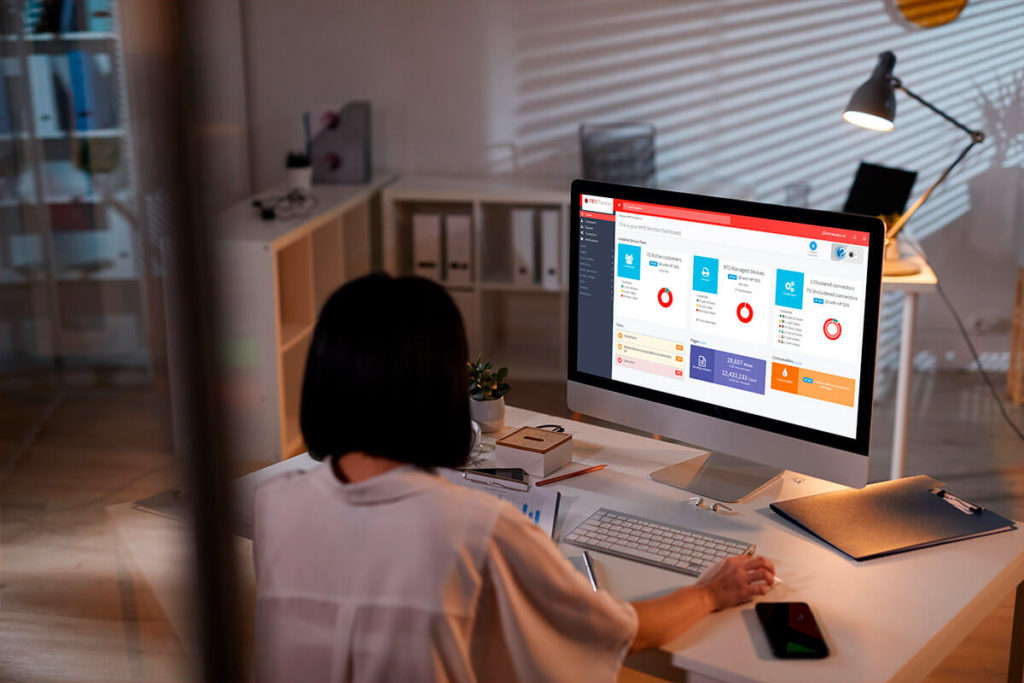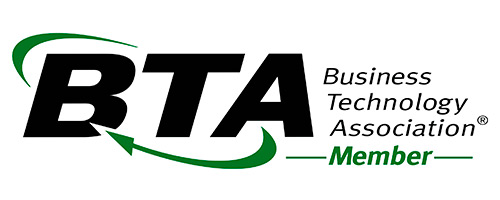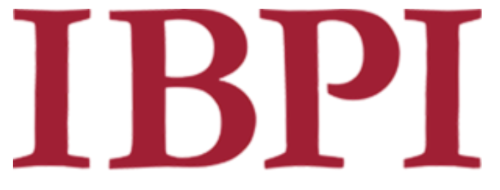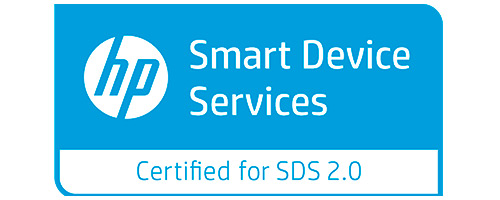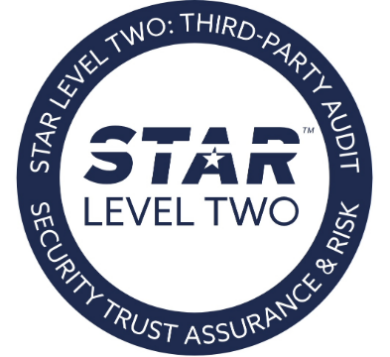Introduction
According to the 2021 KPMG CEO Outlook Pulse Survey, 45% of business leaders do not expect a return to ‘normal’ business operations until 2022, while 31% think it will happen later this year — and almost a quarter believe their business has changed forever. Wherever you find yourself in this discussion, one thing is clear — normal isn’t going to be quite as, well, ‘normal’ as it was before the pandemic.
Employees have got used to working from home. In many instances, they’ve shown they can be just as productive — if not more so. True, many employees miss the camaraderie, mentoring and community that comes with office life. But they certainly don’t miss the commute. They’ve got used to the extra hours in a day for family time, socialising, exercising — or even the ability to put in some additional time when urgent deadlines are looming.
Microsoft’s recent Work Trend Index reflects this, suggesting employees seem ready and willing to adopt a hybrid way of working where they spend 2-3 days a week working remotely and the remainder of the time in their office. And 30% of CEOs surveyed by KPMG think most of their staff will be working this way in the long term.
Smarter Management of Remote Printers
COVID was a catalyst for rapid cloud adoption and successful hybrid working practices that have the potential to far outlive pandemic-driven work-from-home directives. Before the pandemic, employers might have been sceptical of homeworker productivity and dubious of the cloud-based infrastructure required to support it. However, left with no choice but to roll out cloud strategies at speed to keep employees safe and their companies operational, most business leaders concede that it has been a very successful experiment.
But if companies want to maintain hybrid working, in the long run, they need a print management strategy that enables employees to print to networked devices with equal reliability and security from their home or office.
It’s easy to assume that security breaches only happen via servers, PCs, laptops, phones, and tablets — but anything with an IP address — including printers and print devices — can be impacted or used as an unwitting vehicle to deliver a virus or create a security breach. Old printer firmware and unsecured DCAs are just two ways printers can leave businesses exposed to cybercriminals — and the risk increases dramatically when remote print access is brought into the equation.
That’s why MPS Monitor has partnered with HP to deliver Print Security features through HP Smart Device Services. It’s an automated, cloud-based solution for remote device management that allows dealers and MPS providers to create security policies and conduct regular print security assessments. Amongst other things, it identifies out-of-date printer and print device firmware that could have known or likely security vulnerabilities on individual machines — and can highlight security risks at a fleet level too.
Dealers can also use the platform to implement recommended vendor device security policies and automatically apply those settings across an entire fleet. There’s no need for anyone within the end-user company to concern themselves with device security.
Cloud-enabled DCAs
Taking our partnership with HP one step further, we fully integrated the company’s SDS Cloud DCA into our software in February this year. This helps deal with the daunting task of managing the proliferation of DCAs for remote workers in their home office environments.
Pre-COVID, a typical business with around 1,000 employees, might provide 200 printers around their offices — all connected inside the corporate network — often requiring just one DCA to manage the fleet. When lockdowns were introduced and employees started working from home, many businesses provided homeworkers with printers and, in doing so, tripled the number of devices within their organisation. To make the situation more complex, the printers were no longer connected to the corporate network, and each required a DCA of its own.
This created a significant amount of additional administration work, both for dealers and for the homeworkers that suddenly had to worry about the DCA management and deployment. In a situation where there are many more devices than before, but printing less pages overall, the dealer’s profitability is already at risk, and the burden of managing many more DCAs only adds costs up to the equation.
HP SDS Cloud DCA solves this problem for dealers by helping them manage HP devices using supported FutureSmart firmware, without installing any software on PCs or laptops. Instead, the printer itself is the DCA and connects directly —and independently — to the cloud. We believe it’s a sure way to enhance service offerings, hit SLAs and keep accounts running profitably and efficiently.
A comprehensive explanation of how the HP SDS Cloud DCA works is in this video.
Cloud Printing with Microsoft 365 Universal Print
We’ve mentioned that printing to a networked printer from a remote location creates all kinds of potential risks unless it’s done securely, but why is that the case? Well, traditionally, networked printers and users were all located ‘inside’ a network with a firewall around them to keep out unauthorised users (like a castle surrounded by a moat). Security was established at the perimeter: the authorised machines were located ‘inside’ the network (or castle), while unauthorised ones remained ‘outside’ (beyond the castle walls).
That’s where solutions like Microsoft’s Universal Print come into play. They enable a trusted Azure Active Directory identity to print from the Microsoft cloud to a networked machine. From that point on, it’s the verifiable identity and not a specific machine, device or site that allows to connect to the corporate network and print documents. Microsoft Universal Print is natively integrated with MPS Monitor and fully supported. This means dealers and MPS providers using MPS Monitor can now help their customers move their print infrastructure to the Microsoft 365 cloud and manage all their MPS functionality within a single SaaS solution.
Dealers who already deploy our software (or intend to do so) can directly activate all Universal Print functions for their Microsoft 365 clients. This includes, print queues, pull printing, remote monitoring and management, user management, and job tracking. And should dealers opt for hybrid working practices, too, their staff can service customers with ease and efficiency regardless of location.
A single cloud-based solution makes it easier for dealers, which, in turn, makes it easier for their customers. It also means that remote working IT teams can monitor print usage and set print policies without being physically on site, ensuring flexible working is available. Indeed, cloud-based print management makes flexible working possible and practical across the industry – not just the preserve of end-users.
Conclusion
If the KPMG and Microsoft research we’ve examined here proves correct, then the future of the workplace is hybrid. That means the future of printing, managed print, and print device security is cloud-based. That’s a sentiment echoed by Quocirca in its Printing in the Hybrid Workplace Study, which states that “…cloud will be an enabler for the new normal print environment. The need for a platform that can more easily scale to meet the needs of a hybrid workplace and provide the levels of availability required for such a workforce is becoming more apparent.”
This means it’s time for dealers and Managed Print Service (MPS) providers to get cloud-savvy too. In this highly competitive market, those who best understand cloud-based printing and print management — and can make both as painless as possible for their customers — will be the ones who succeed and lead the market. From a practical perspective, we believe that this means finding a single cloud platform for all managed print services; something that can integrate seamlessly with ERP system to provide automated invoicing and optimized logistics. Ideally, the solution should also remove the headache of DCA deployment and management for remote workers while also facilitating safe and secure printing regardless of location.








